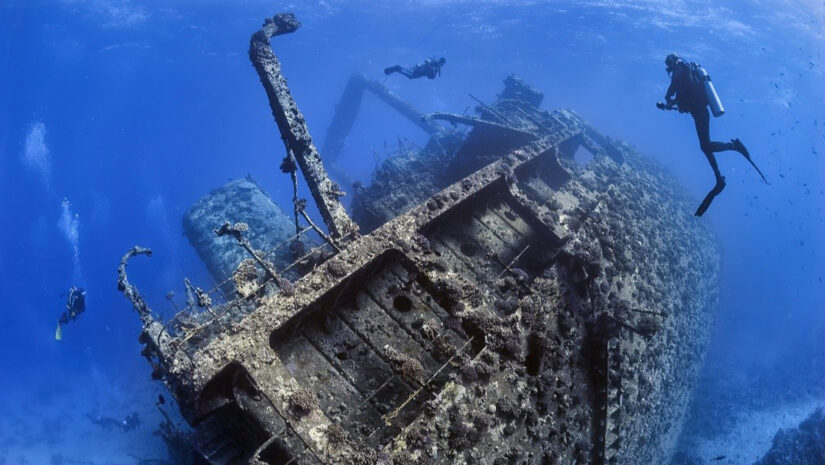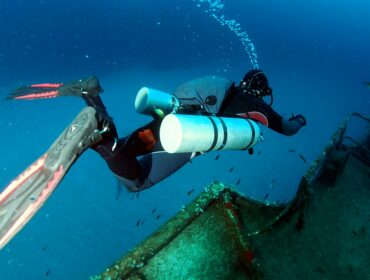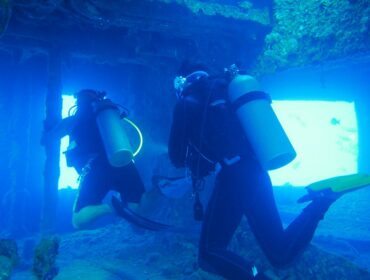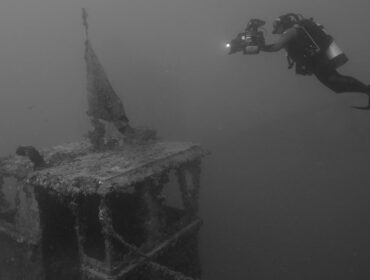Wreck diving is like time-traveling underwater. It’s part adventure, part history lesson, part adrenaline rush. Every sunken ship has a story, and every dive brings you closer to it. But wreck diving isn’t your typical reef float. It demands better navigation, sharper awareness, and the right training.
It also demands the right places. Some wrecks lie in shallow, warm water, perfect for beginners. Others sit deep, dark, and twisted, calling out to more experienced divers. Whether you’re chasing your first wreck or looking for your next big thrill, here’s where you’ll find the best shipwreck scuba diving experiences — and what to pack to do it right.
1. USNS Vandenberg, Key West, Florida
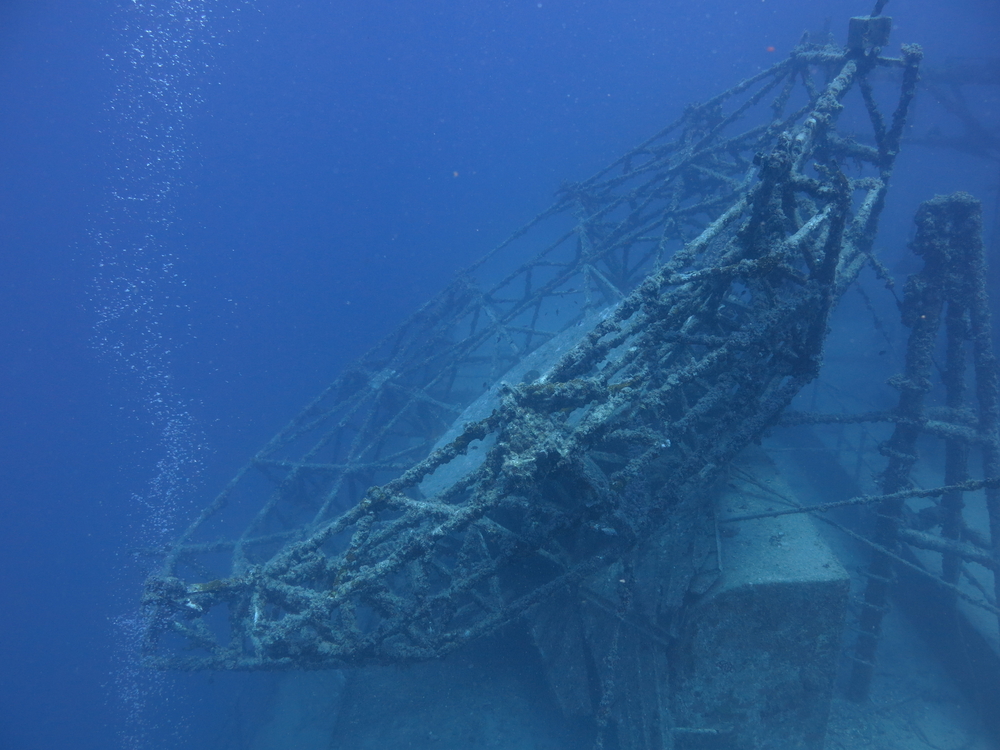
Diving the Vandenberg wreck feels like exploring a lost world. This 523-foot-long former military ship was sunk to become an artificial reef. It sits at about 140 feet, but parts of it are easily accessible at around 60 feet. Large satellite dishes, passageways, and open areas make it ideal for wreck diving training.
Currents can be strong, so this dive is best for advanced divers. Book a two-tank trip early in the morning for the calmest water. Make sure your dive light is charged if you plan to peek inside the deeper parts.
2. USS Oriskany, Pensacola, Florida
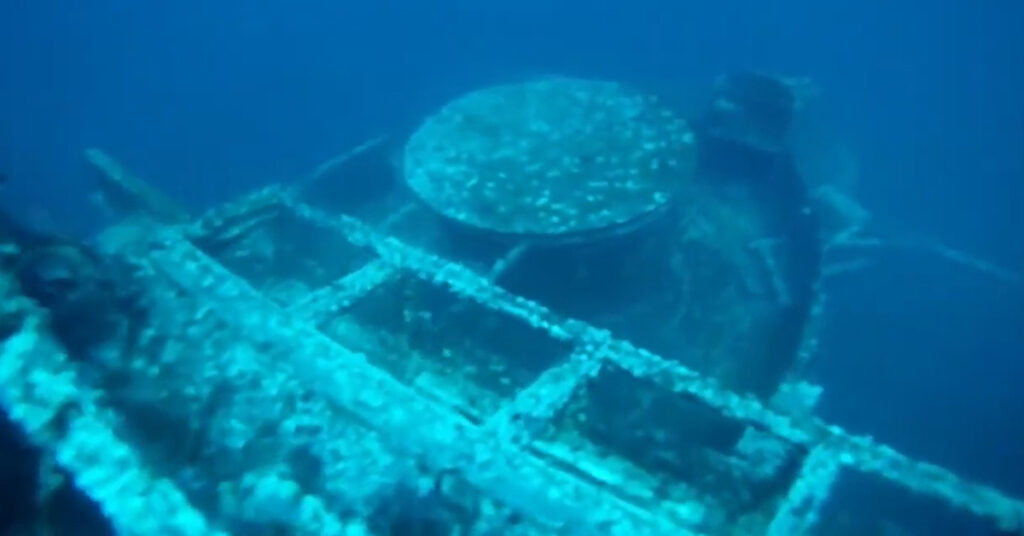
Known as the “Mighty O,” the Oriskany is the world’s largest artificial reef. It’s an aircraft carrier sunk purposefully for divers.
This dive is deep, with the flight deck sitting around 145 feet. Tech divers and advanced wreck specialists love it. Visibility is usually great, but the sheer size of the ship can be overwhelming. Plan with guides who know the layout. This dive will make you feel very, very small.
3. Spiegel Grove, Key Largo, Florida

The Spiegel Grove wreck is a legendary dive in the Florida Keys. It’s a huge 510-foot Navy ship that now sits perfectly upright.
Parts of it start as shallow as 60 feet, making it accessible to a wider range of certified divers. It’s a maze of cargo holds, crane arms, and deck structures. Bring a wreck reel if you’re thinking about limited penetration dives. Strong currents can kick up, so check conditions before booking.
4. SS Thistlegorm, Red Sea, Egypt
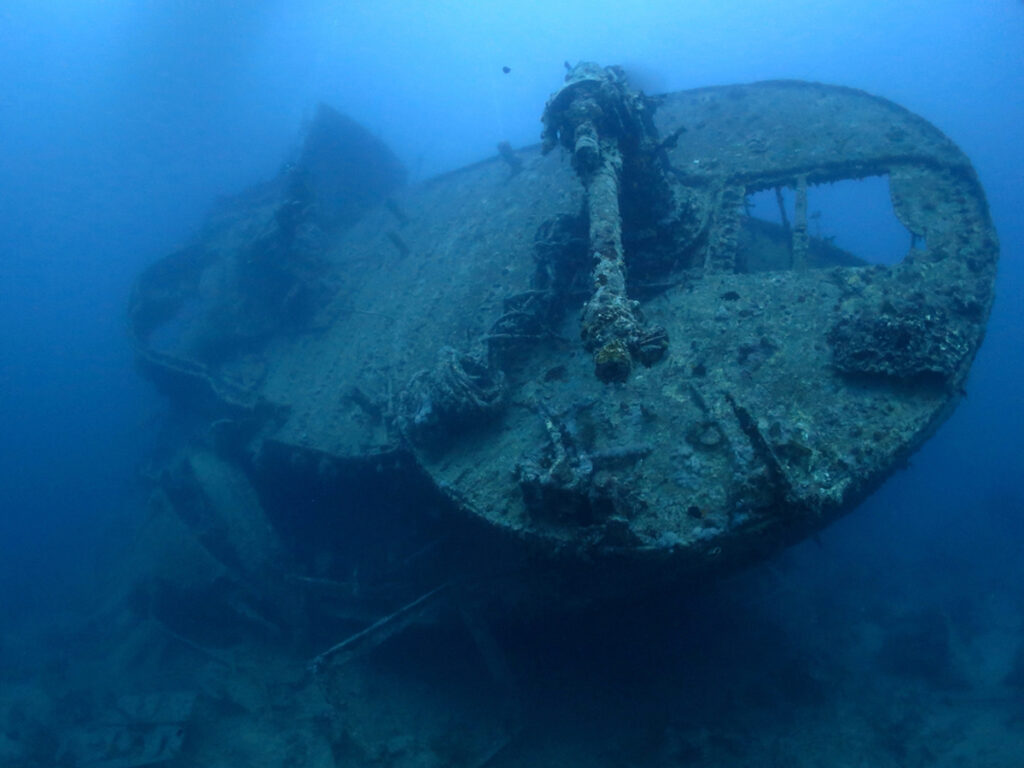
This might be the world’s most famous wreck. Sunk during World War II, the SS Thistlegorm still holds trucks, motorcycles, and rifles inside its torn hull.
Most of the dive is between 50 and 100 feet deep. The visibility is usually excellent, and the history feels almost too real. Pack a strong dive light for peeking into holds. If you love history and adventure, this dive needs to be on your list.
5. RMS Rhone, British Virgin Islands

The RMS Rhone is one of the most beautiful shipwrecks for recreational divers. This British mail ship went down in 1867 during a hurricane.
Today, the wreck is split into two sections, with colorful corals and marine life taking over. Depths range from 20 to 80 feet, so it’s a relaxed dive perfect for all skill levels. Go early for the clearest water and fewer crowds.
6. SS Yongala, Queensland, Australia

The SS Yongala sank in 1911 during a cyclone and is now a marine life magnet. Expect to see turtles, rays, massive groupers, and sharks.
Depths range from 50 to 100 feet. No penetration allowed, as the ship is a protected site. Strong currents often sweep through, so this dive is for experienced divers only. Hold on tight and enjoy the living reef built over a tragedy.
7. U-352 Submarine, North Carolina

If you want to dive a real WWII German U-boat, this one’s for you. The U-352 lies about 26 miles off the Carolina coast.
Depths hit around 110 feet, so it’s an advanced dive. Visibility can range from stunning to murky depending on the season. You’ll likely see sand tiger sharks circling around the wreck — peaceful, slow, and awe-inspiring.
8. Bianca C, Grenada
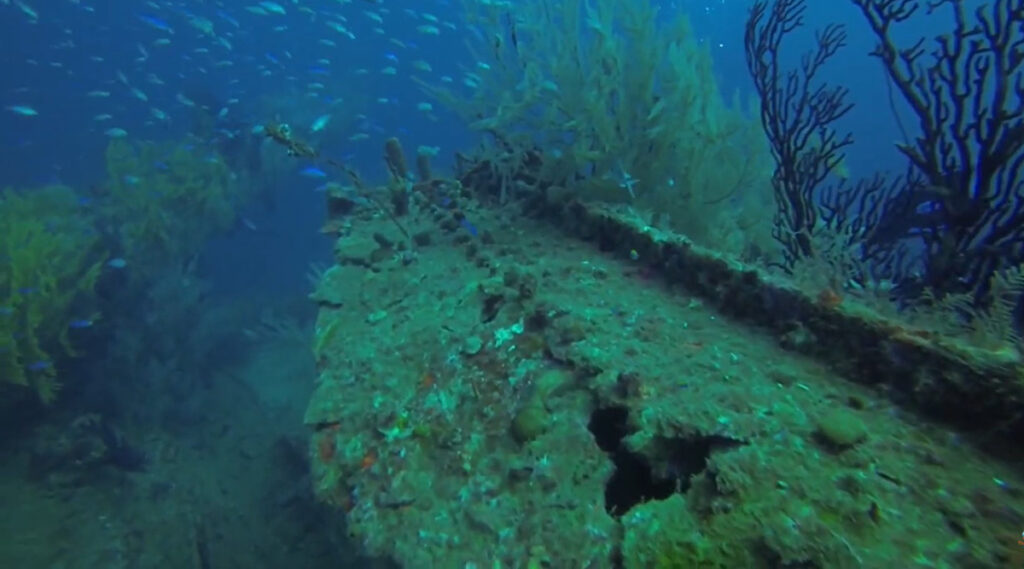
Nicknamed the “Titanic of the Caribbean,” the Bianca C was a luxury liner that caught fire and sank in the 1960s.
The dive sits between 90 and 165 feet deep. Conditions can vary, but warm tropical water makes it a more comfortable experience. Divers love the huge swimming pool still visible on deck. It’s a massive wreck, so multiple dives are needed to really explore it.
9. Zenobia, Larnaca, Cyprus
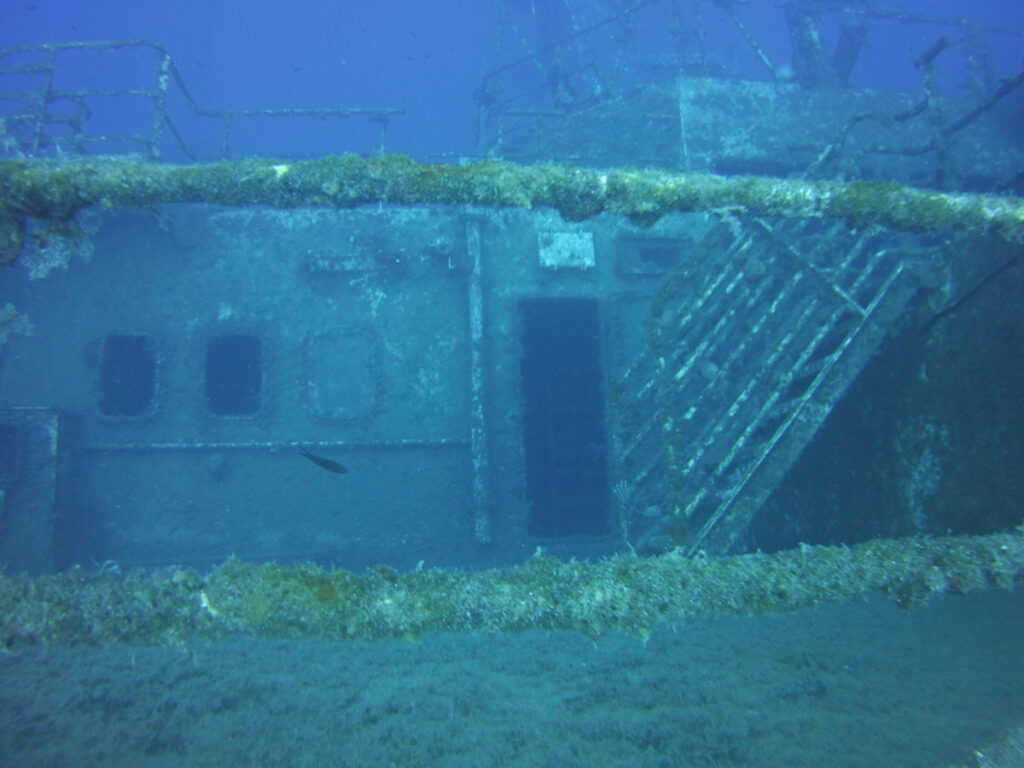
Zenobia is a ferry that sank on its maiden voyage in 1980, still fully loaded with trucks. It’s one of the best wreck dives in Europe.
The top of the wreck starts at around 60 feet, and there’s a lot to see even without going inside. For advanced divers, truck cargo holds are accessible with proper guides. Visibility is almost always crystal clear, and the scale of the site is jaw-dropping.
10. President Coolidge, Vanuatu
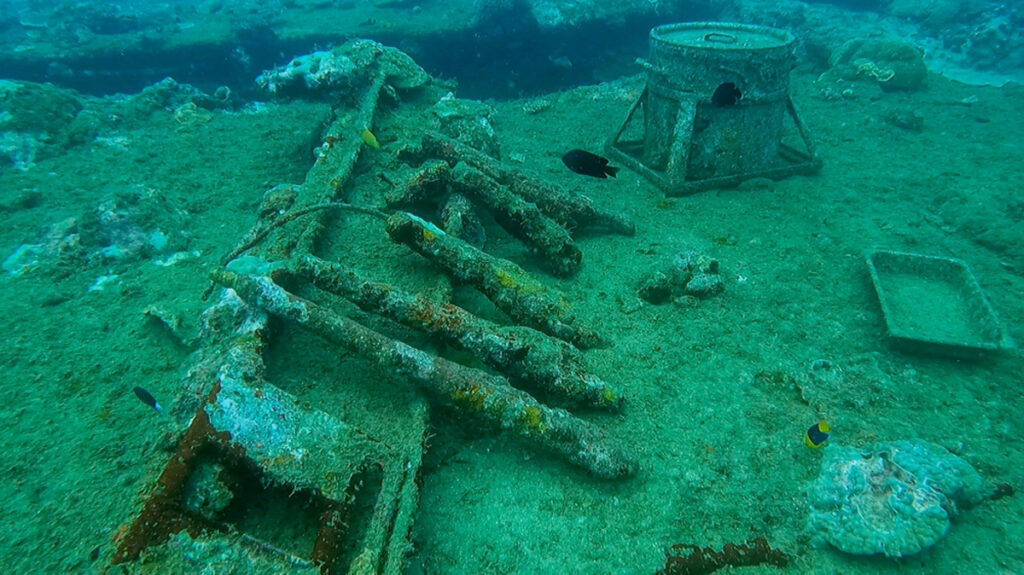
Originally a luxury liner, then a WWII troopship, the President Coolidge hit mines and sank just offshore. This wreck is big and detailed.
Entry points start around 65 feet, but deeper sections hit 230 feet. It’s a mix of easy swim-throughs and technical diving routes. Famous highlights include cannons, jeeps, and even an underwater “Lady” statue inside the ship.
What to Pack for a Wreck Diving Adventure
Your regular dive kit won’t cut it if you’re planning serious wreck dives. Make sure your gear matches the challenge.
First off, bring a solid dive light – even daytime wrecks get dark fast inside holds and passageways. A backup light is smart, too. If your dive plan includes going inside structures, pack a wreck reel or spool to lay a guideline.
Use gloves if your dive site allows them; wrecks are full of sharp edges. A cutting tool, like a line cutter or small knife, is essential in case you snag old fishing line.
Double-check your certification cards, too. Many deeper wrecks require Advanced Open Water at a minimum. If you don’t have a certification, you can get one here. Some demand full Wreck Diver certifications. Booking guides or charters? Bring proof of dives and experience levels to avoid getting turned away.
Final Thoughts: Wreck Diving Is Adventure with a Story
Wreck diving connects you to history in a way nothing else does. It’s not just diving for the views — it’s diving for the story. Ships lost to war, storms, and tragedy now serve as living reefs and underwater museums.
With the right training, gear, and planning, wreck diving can be one of the most thrilling and moving experiences you’ll ever have underwater. Every wreck tells a different story. All you have to do is dive in and listen.
FAQ: Wreck Diving Questions Answered
Do you need a special certification to wreck dive?
For simple external exploration, basic certification works. For inside penetration, most places require a Wreck Diver Specialty.
Is wreck diving dangerous?
It carries risks like entanglement and silt-outs, but good training and planning lower those risks fast.
What’s the best wreck for beginners?
The Spiegel Grove and RMS Rhone are both accessible to new wreck divers with proper guidance.
What gear do you need for wreck diving?
Dive light, backup light, cutting tool, gloves, wreck reel, and sometimes a redundant air source if penetrating.
Can beginners dive the Vandenberg?
Yes, parts of the Vandenberg are shallow enough for advanced beginners, but days with strong currents require more experience.

